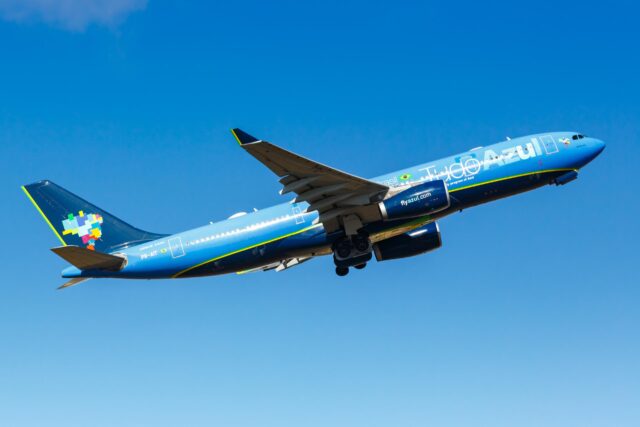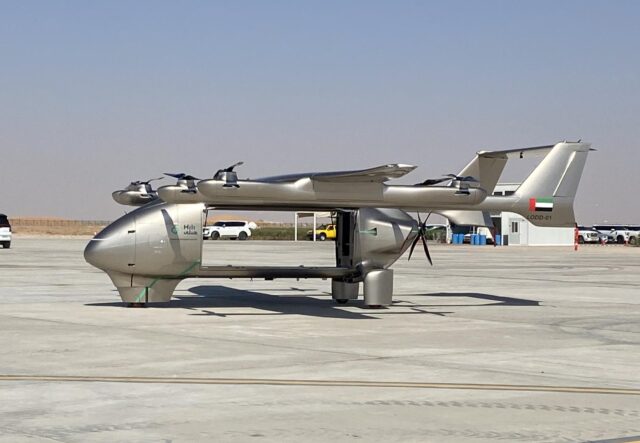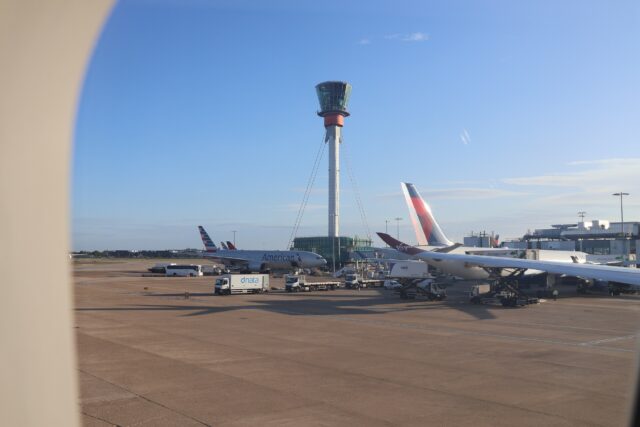What Japan’s F‑35B deployment says about its shift toward stealth, strike, and aircraft carrier power

August 7, 2025

Japan has today received its first Lockheed Martin F-35B fighter jets, with three of the aircraft arriving at Nyutabaru Air Base in the south of the country. The delivery, delayed from FY2024 due to software issues, makes Japan the only US ally in the Indo-Pacific with fixed-wing carrier-based stealth aircraft.
Japan’s Ministry of Defence advises that another F-35B is expected to arrive at a later date, and a further four will be delivered by March 2026. Longer term, the Japan Air Self-Defence Force (JASDF) intends to operate 42 F-35Bs and 105 F-35As, making it the largest non-US F-35 operator.
Japan has modified its two Izumo-class ‘helicopter destroyers’ to accommodate the short takeoff and vertical landing (STOVL) aircraft.

Equipping its warships with a 5th-generation stealth fighter is a strategic leap for Japan, sliding the narrative in Tokyo from defence to offence. This isn’t just a delivery; it’s a turning point in how Japan projects military power.
Japan’s F-35 delivery moves the country into an era of self-defence
Japan’s 1947 constitution, written under US oversight, famously renounces war in Article 9, barring the country from maintaining offensive military forces. For decades, Japan upheld a strictly defensive posture.
But as regional threats continued to grow, Japan was permitted to order F-35s, both the A and B variants, under the interpretation of Article 9 that allows for self-defence. Couching the stealth fighter acquisition as proactive deterrence allows the nation to modernise its air power.
Japan’s 2022 National Security Strategy explicitly authorises the acquisition of “counter‑strike capabilities”, a policy shift enabling the procurement of long‑range precision weapons like Tomahawk cruise missiles and JASSM‑ER, intended to deter and, if necessary, strike adversary bases and assets within range.

With the F‑35B, Japan gains a stealthy strike capability from sea with aircraft that are ideal for maritime and island environments. Japan joins an elite club of countries with carrier-based F-35 capability, including the US, UK and Italy.
Importantly, the F-35B ensures full interoperability with the US Navy and Marine Corps, allowing for joint training and enhanced alliance coordination.
Japan will base the F-35s in the contested south
Japan’s decision to base its first F‑35Bs at Nyutabaru Air Base is no accident. Located in Miyazaki Prefecture on Kyushu, it sits close to the Nansei (Southwest) Islands, a chain stretching toward Taiwan and including the disputed Senkaku Islands.
Nearby, Mageshima Island, currently being developed as a dedicated F‑35B training site, will support short takeoff and vertical landing drills. Once operational, it will host both Japanese and US forces for joint exercises.
China regularly sends ships and aircraft near the Senkakus, claiming sovereignty over the uninhabited islets. Just 400 miles away, the Taiwan Strait is another major flashpoint, with frequent Chinese incursions.

As well as the F-35s, Japan has been bolstering its defences in the region. New radar stations and coastal missile units have been installed across several islands, while a new anti-ship regiment was deployed to Uruma (Okinawa), with responsibility over Miyako, Ishigaki, and Amami Ōshima.
Yonaguni, just 70 miles from Taiwan, has evolved from a quiet island into a frontline defence post, with PAC‑3 surface-to-air missile batteries and advanced radar units equipping the base for early warning. Ishigaki Port has been expanded to accommodate over a dozen large Japan Coast Guard vessels and housing for 600 crew members.
Together, these developments mark a decisive shift in Japan’s posture, from a passive shield to an active and agile deterrent. With stealth jets now at sea and on southern airbases, Tokyo is quietly but unmistakably reshaping its military identity.
















